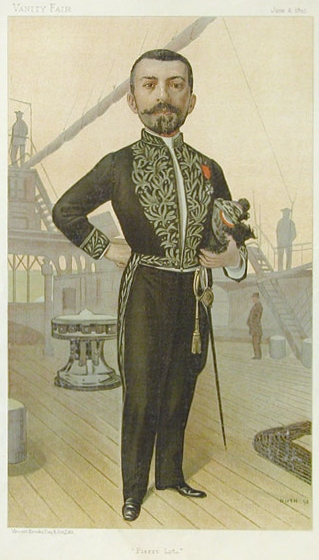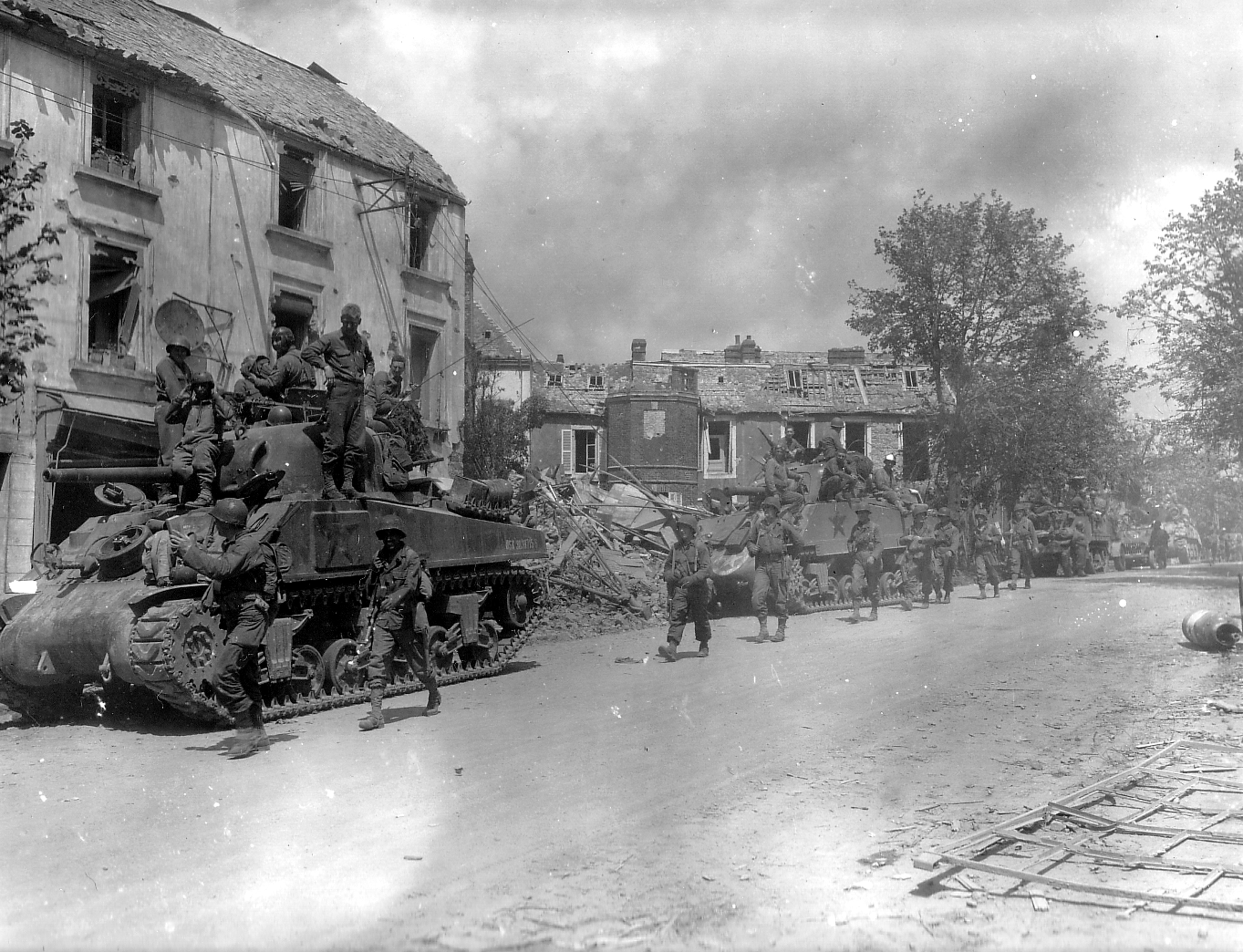|
Stéphen Chauvet
Stéphen-Charles Chauvet (1885–1950), commonly known as Dr Stéphen Chauvet, was a French physician, specialist, and collector of traditional arts from Africa and Oceania, contributing significantly to their recognition in France. He was a Commander of the Legion of Honour.Patrick O'Reilly, ''Journal de la Société des océanistes'', Year 1951, Volume 7, Number 7, p. 221. Chauvet was the author of the first illustrated book about Easter Island, ''L'Île de Pâques et ses mystères,'' published in Paris in 1935. Chauvet never traveled to Easter Island; he derived much of his information from sources of mixed reliability. However, his book remains an important work, in particular, because of its many illustrations, some of which show objects that no longer exist. The French version of the book has never been republished. A Spanish translation, ''La isla de Pascua y sus misterios'', was published in Santiago, Chile, in 1946 and reprinted in 1970. An English translation has also ... [...More Info...] [...Related Items...] OR: [Wikipedia] [Google] [Baidu] |
Africa
Africa is the world's second-largest and second-most populous continent after Asia. At about 30.3 million km2 (11.7 million square miles) including adjacent islands, it covers 20% of Earth's land area and 6% of its total surface area.Sayre, April Pulley (1999), ''Africa'', Twenty-First Century Books. . With nearly billion people as of , it accounts for about of the world's human population. Demographics of Africa, Africa's population is the youngest among all the continents; the median age in 2012 was 19.7, when the worldwide median age was 30.4. Based on 2024 projections, Africa's population will exceed 3.8 billion people by 2100. Africa is the least wealthy inhabited continent per capita and second-least wealthy by total wealth, ahead of Oceania. Scholars have attributed this to different factors including Geography of Africa, geography, Climate of Africa, climate, corruption, Scramble for Africa, colonialism, the Cold War, and neocolonialism. Despite this lo ... [...More Info...] [...Related Items...] OR: [Wikipedia] [Google] [Baidu] |
Budapest
Budapest is the Capital city, capital and List of cities and towns of Hungary, most populous city of Hungary. It is the List of cities in the European Union by population within city limits, tenth-largest city in the European Union by population within city limits and the List of cities and towns on the river Danube, second-largest city on the river Danube. The estimated population of the city in 2025 is 1,782,240. This includes the city's population and surrounding suburban areas, over a land area of about . Budapest, which is both a List of cities and towns of Hungary, city and Counties of Hungary, municipality, forms the centre of the Budapest metropolitan area, which has an area of and a population of 3,019,479. It is a primate city, constituting 33% of the population of Hungary. The history of Budapest began when an early Celts, Celtic settlement transformed into the Ancient Rome, Roman town of Aquincum, the capital of Pannonia Inferior, Lower Pannonia. The Hungarian p ... [...More Info...] [...Related Items...] OR: [Wikipedia] [Google] [Baidu] |
Pierre Loti
Pierre Loti (; pseudonym of Louis Marie-Julien Viaud ; 14 January 1850 – 10 June 1923) was a French naval officer and novelist, known for his exotic novels and short stories.This article is derived largely from the ''Encyclopædia Britannica Eleventh Edition'' (1911) article "Pierre Loti" by Edmund Gosse. Unless otherwise referenced, it is the source used throughout, with citations made for specific quotes by Gosse. Biography Born to a Protestant family, Loti's education began in his birthplace, Rochefort, Charente-Maritime. At age 17 he entered the naval school in Brest and studied at Le Borda. He gradually rose in his profession, attaining the rank of captain in 1906. In January 1910 he went on the reserve list. He was in the habit of claiming that he never read books, saying to the Académie française on the day of his introduction (7 April 1892), "''Loti ne sait pas lire''" ("Loti doesn't know how to read"), but testimony from friends proves otherwise, as does his libra ... [...More Info...] [...Related Items...] OR: [Wikipedia] [Google] [Baidu] |
Royal Museum For Central Africa
The Royal Museum for Central Africa (RMCA) (; ; ), communicating under the name AfricaMuseum since 2018, is an ethnography and natural history museum situated in Tervuren in Flemish Brabant, Belgium, just outside Brussels. It was originally built to showcase King Leopold II's Congo Free State in the International Exposition of 1897. The museum focuses on the Congo, a former Belgian colony. The sphere of interest, however, especially in biological research, extends to the whole Congo Basin, Central Africa, East Africa, and West Africa, attempting to integrate "Africa" as a whole. Intended originally as a colonial museum, from 1960 onwards it has focused more on ethnography and anthropology. Like most museums, it houses a research department in addition to its public exhibit department. Not all research pertains to Africa (e.g. research on the archaeozoology of Sagalassos, Turkey). Some researchers have strong ties with the Royal Belgian Institute of Natural Sciences. In N ... [...More Info...] [...Related Items...] OR: [Wikipedia] [Google] [Baidu] |
Pavillon De Marsan
The Pavillon de Marsan or Marsan Pavilion was built in the 1660s as the northern end of the Tuileries Palace in Paris, and reconstructed in the 1870s after the Tuileries burned down at the end of the Paris Commune. Following the completion of the joining of the Louvre and the Tuileries in the 1850s and the demolition of the Tuileries' remains in the early 1880s, it is now the northwestern tip of the Louvre Palace. Since 1897 it has been part of the Musée des Arts Décoratifs, a separate institution from the Louvre. History The pavilion was originally built in 1666, based on a design by Louis Le Vau. The exterior was similar to that of its southern pendant, the Pavillon de Flore. On its south side, the Pavillon de Marsan was connected to Le Vau's pavilion for the stage of the Théâtre des Tuileries, completed in 1661. On the Pavillon de Marsan's east side, Le Vau constructed the first bay of the North Wing, heading toward the Louvre. The south façade of the North Wing repli ... [...More Info...] [...Related Items...] OR: [Wikipedia] [Google] [Baidu] |
Vindefontaine
Vindefontaine () is a former commune in the Manche department in Normandy in north-western France. On 1 January 2016, it was merged into the commune of Picauville. 23 December 2015 See also *Communes of the Manche department
The following is a list of the 445 communes of the Manche department of France.
The communes cooperate in the following intercommunalities (as of 2025):
[...More Info...] [...Related Items...] OR: [Wikipedia] [Google] [Baidu] |
Néhou
Néhou () is a commune in the Manche department in Normandy in north-western France. See also *Communes of the Manche department The following is a list of the 445 communes of the Manche department of France. The communes cooperate in the following intercommunalities (as of 2025):Communes of Manche {{Cherbourg-geo-stub ... [...More Info...] [...Related Items...] OR: [Wikipedia] [Google] [Baidu] |
Cotentin Peninsula
The Cotentin Peninsula (, ; ), also known as the Cherbourg Peninsula, is a peninsula in Normandy that forms part of the northwest coast of France. It extends north-westward into the English Channel, towards Great Britain. To its west lie the Gulf of Saint-Malo and the Channel Islands, and to the southwest lies the peninsula of Brittany. The peninsula lies wholly within the department of Manche, in the region of Normandy. Geography The Cotentin peninsula is part of the Armorican Massif (with the exception of the Plain lying in the Paris Basin) and lies between the estuary of the Vire river and Mont Saint-Michel Bay. It is divided into three areas: the headland of Cap de la Hague, the Cotentin Pass (the Plain), and the valley of the Saire River ( Val de Saire). It forms the bulk of the department of Manche. Its southern part, known as "le Marais" (the Marshlands), crosses from east to west from just north west of Saint Lo and east of Lessay and marks a natural border with t ... [...More Info...] [...Related Items...] OR: [Wikipedia] [Google] [Baidu] |
Coutances
Coutances () is a commune in the Manche department in Normandy in north-western France. History The capital of the Unelli, a Gaulish tribe, the town was given the name of ''Constantia'' in 298 during the reign of Roman Emperor Constantius Chlorus. The surrounding region, called in Latin the ''pagus Constantinus'', subsequently became known as the Cotentin Peninsula. The town was destroyed by the invading Normans in 866; they later established settlements and incorporated the whole peninsula into the Duchy of Normandy in 933. On 17 July 1944, during the Battle of Normandy during World War II, the city was bombed during the Allied offensive against the occupying Germans. Geography Climate Coutances has an oceanic climate (Köppen climate classification ''Cfb''). The average annual temperature in Coutances is . The average annual rainfall is with December as the wettest month. The temperatures are highest on average in August, at around , and lowest in January, at around . ... [...More Info...] [...Related Items...] OR: [Wikipedia] [Google] [Baidu] |
Hamburg
Hamburg (, ; ), officially the Free and Hanseatic City of Hamburg,. is the List of cities in Germany by population, second-largest city in Germany after Berlin and List of cities in the European Union by population within city limits, 7th-largest in the European Union with a population of over 1.9 million. The Hamburg Metropolitan Region has a population of over 5.1 million and is the List of EU metropolitan areas by GDP, eighth-largest metropolitan region by GDP in the European Union. At the southern tip of the Jutland Peninsula, Hamburg stands on the branching River Elbe at the head of a estuary to the North Sea, on the mouth of the Alster and Bille (Elbe), Bille. Hamburg is one of Germany's three city-states alongside Berlin and Bremen (state), Bremen, and is surrounded by Schleswig-Holstein to the north and Lower Saxony to the south. The Port of Hamburg is Germany's largest and Europe's List of busiest ports in Europe, third-largest, after Port of Rotterdam, Rotterda ... [...More Info...] [...Related Items...] OR: [Wikipedia] [Google] [Baidu] |
Brussels
Brussels, officially the Brussels-Capital Region, (All text and all but one graphic show the English name as Brussels-Capital Region.) is a Communities, regions and language areas of Belgium#Regions, region of Belgium comprising #Municipalities, 19 municipalities, including the City of Brussels, which is the capital of Belgium. The Brussels-Capital Region is located in the central portion of the country. It is a part of both the French Community of Belgium and the Flemish Community, and is separate from the Flemish Region (Flanders), within which it forms an enclave, and the Walloon Region (Wallonia), located less than to the south. Brussels grew from a small rural settlement on the river Senne (river), Senne to become an important city-region in Europe. Since the end of the Second World War, it has been a major centre for international politics and home to numerous international organisations, politicians, Diplomacy, diplomats and civil servants. Brussels is the ''de facto' ... [...More Info...] [...Related Items...] OR: [Wikipedia] [Google] [Baidu] |







